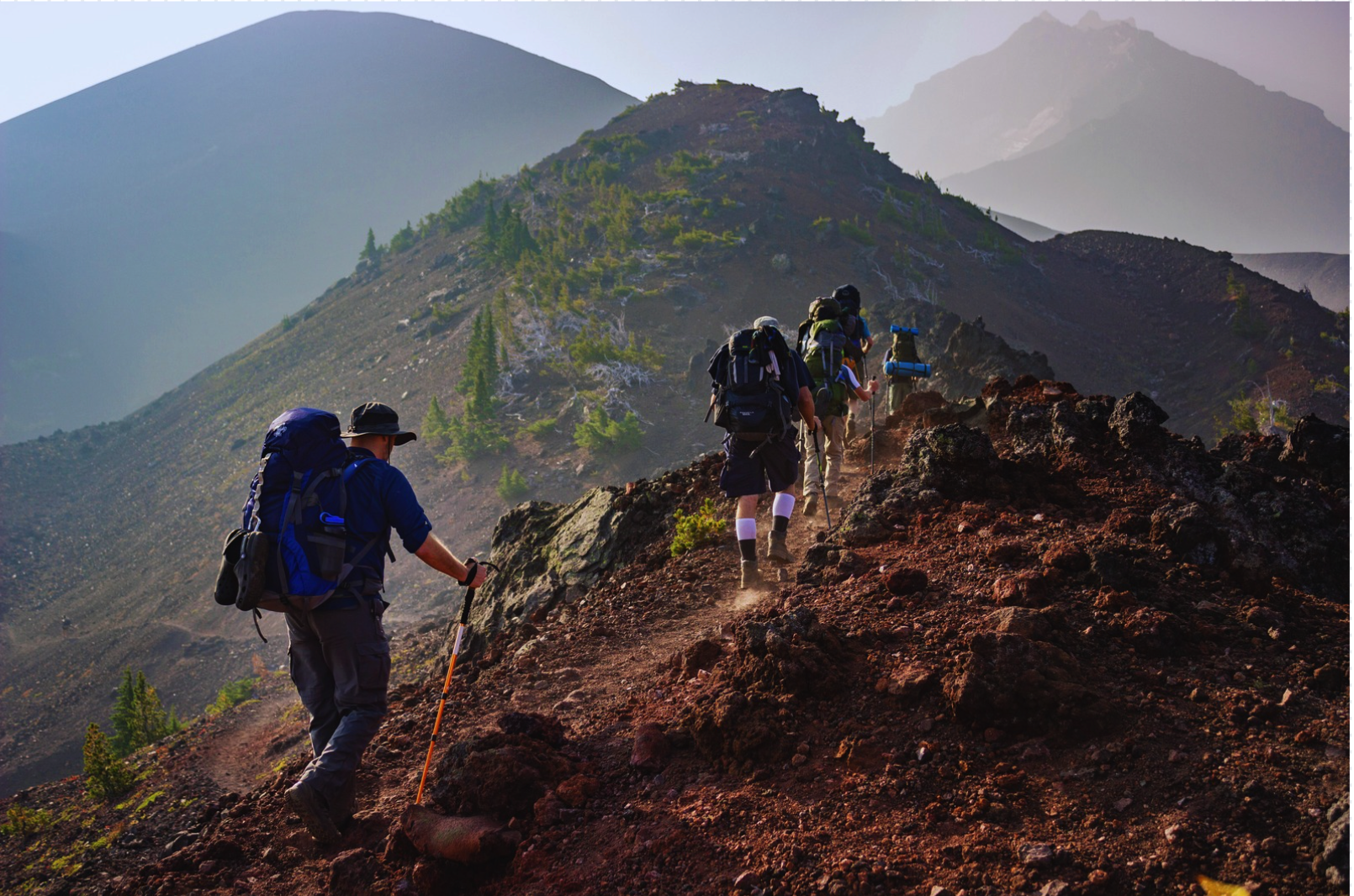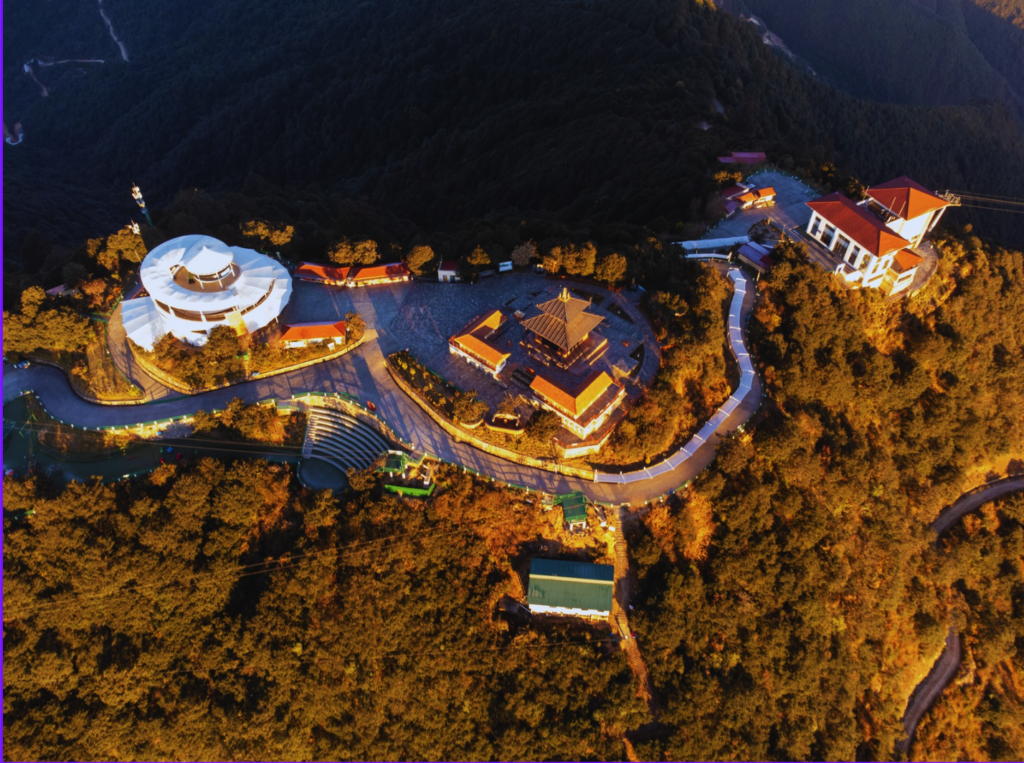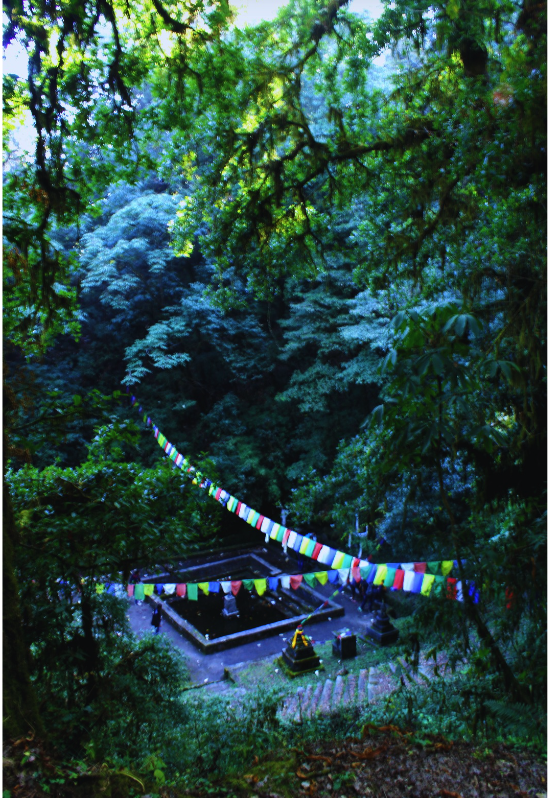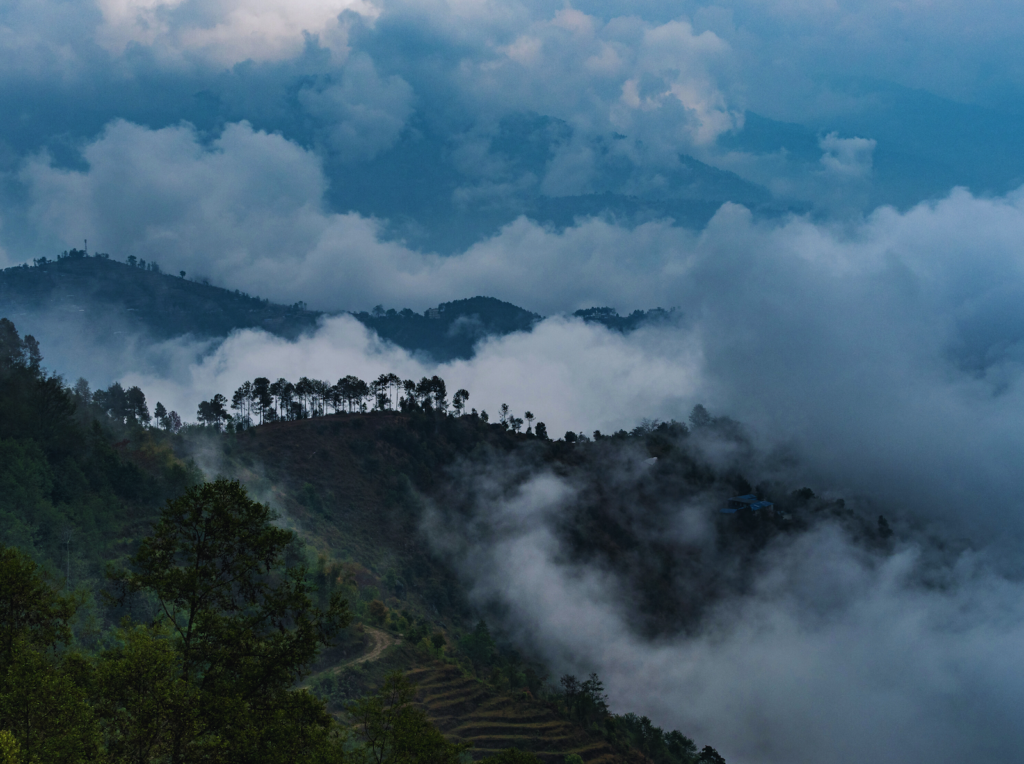
Kathmandu, the vibrant capital of Nepal, is not only a hub for culture and history but also a gateway to some of the most breathtaking hiking trails in the region. Surrounded by the majestic Himalayas, the area offers a variety of hikes suitable for all levels of experience.
A day hike in Kathmandu is also a cultural experience. You’ll have the chance to explore historic towns, discover traditional handicrafts, and visit ancient temples and pagodas. Each hike offers a glimpse into the authentic essence of Nepalese life, blending natural beauty with cultural richness.
Here’s a guide to some of the best hiking options near Kathmandu.
Some Popular Hiking Destinations near Kathmandu
Chandragiri Hill

Altitude : 2551 metres
Time Duration : 5 – 6 hours
Distance : 5 -6 km
Level : Medium
Chandragiri Hill is an attractive tourist spot, at 2551 m in altitude, situated close to Kathmandu in Nepal. The hill provides exceptional views of the Langtang Range’s peaks and Mt. Manaslu. Chandragiri is accessible by vehicle within an hour from the capital or by cable car while enjoying spectacular views along the way. It’s rich in wildlife as well as dense forests and remains a major attraction for nature lovers and trekkers. One can also visit Chandragiri Fort, built in the 17th century, which further details the cultural and historic background to the experience. Visitors to the hill can also find themselves away from the bustle of city life in an ideal place. Chandragiri hill is always of interest to both the locals as well as tourists owing to its charm and grandeur as well as its significance.
Shivapuri National Park

Altitude : 2732 metres
Time Duration : 6 – 7 hours
Distance : 18 – 20 km
The Shivapuri National Park, situated on the northern edge of the valley of Kathmandu in Nepal, is an amazing destination for nature lovers as well as adventure seekers. This national park is famous for its great diversity of life, thick forests and rich wildlife. For people looking for some peace of mind, this place is perfect, as it offers hiking, bird watching, and great views of the Himalayan range. The park is also of great cultural and religious significance as it contains many important religious sites and monasteries. So whether you want to go on an easy day hike or simply spend a day enjoying the local wildlife, Shivapuri National Park is an ideal getaway.
Nagarkot

Altitude : 1900 metres
Time Duration : 3 hours
Distance : 10 km
Level : Medium
Nagarkot, each offering a different perspective of the Himalayan scenery. Before descending to Changunarayan or Sankhu village, hikers can enjoy stunning sunrise views from Nagarkot, where the Sunrise Trek to Nagarkot starts early in the morning with a drive. For those who want to witness the mountains in the early morning light, this walk is ideal. The Nagarkot Bhaktapur Walk, on the other hand, is perfect for individuals who are interested in both environment and culture because it combines a beautiful climb to Nagarkot with a tour of the ancient Bhaktapur Durbar Square. However, the Bhaktapur entrance fee is not covered. Finally, at approximately 11 a.m., the Sunset Hike to Nagarkot sets out from Changunarayan temple, giving hikers the opportunity to take a leisurely journey that ends with breathtaking views of the beautiful peaks at sunset. Each choice accommodates varying schedules and experience choices while showcasing the area’s natural beauty.
Bhaktapur and Nagarkot Trail

Altitude : 2195 metres
Time Duration : 5 – 7 hours
Distance : 15 to 20 km
Level : moderate
The Bhaktapur and Nagarkot Trail is a stunning trip that reveals the cultural richness and natural beauty of Nepal. After reaching Bogota’s first stop, one of the highlights is the activities such as the medieval architecture of the Baktapur Durbar Square, the fifty-five windows palace, and local arts, which include the creation of pots. You can also sample the juju dhau, a king’s curd that is rich in taste and native to the area. While heading towards Nagarkot, where there is an average trekking of about 5–7 hours, expect to view the serene beauty of small villages and green farms with a chance to mingle with the people and enjoy their food. Known for its gorgeous sunrise, sunset, and views of highly snowcapped mountains, it gives ideal conditions for photography and blissful rest. It is best recommended to undertake this trail in the spring or fall, when the weather is pleasant. The trail can be strenuous therefore, appropriate shoes, water, and some snacks will enhance the comfort level during this tour.
Best Time to Hike near Kathmandu
Spring (March to May)
Weather: Mild temperatures and clear skies make for comfortable hiking conditions.
Flora: This season sees beautiful blooms, especially rhododendrons, adding vibrant colors to the landscapes.
Visibility: The views of the surrounding mountains are often at their best during this time.
Fall (September to November)
Weather: The post-monsoon weather is quite pleasant, along with lower temperatures, which are ideal for trekking.
Scenic Views: Visibility of the Himalayas is good, and the scenery is enhanced by the cool atmosphere.
Festivals: This season also goes well with a number of local seasonal celebrations which allows one to see some of the Nepali life.
Also read about : Best Treks From Pokhara
Safety Tips and Health Precautions
- Stay on Designated Trails: Always stick to the marked trails to avoid getting lost and to protect the natural environment. Venturing off-path can lead to accidents and damage local flora and fauna.
- Weather Preparedness: Check the weather forecast and dress accordingly. The weather can change rapidly, especially at higher altitudes, so layers are recommended.
- Hydration and Nutrition: Carry enough water and snacks to keep you energized throughout your hike. Dehydration is a common issue while hiking.
- Insect Protection: Use insect repellent to protect yourself from bites, especially in densely forested areas where insects might be prevalent.
- Local Wildlife Awareness: Be aware of the local wildlife. It’s important to keep a safe distance and not disturb animals, as some may be dangerous or protected by law.
- Medical Kit: Carry a basic first aid kit to handle minor injuries or discomforts, such as blisters or allergic reactions.
- Inform Others: Let someone know your itinerary and expected return time, especially if hiking alone. This is crucial for your safety in case of an emergency.
- Cultural Sensitivity: Respect any cultural or religious sites within the park, maintaining quiet and discrete behavior in such areas.

Leave a Reply